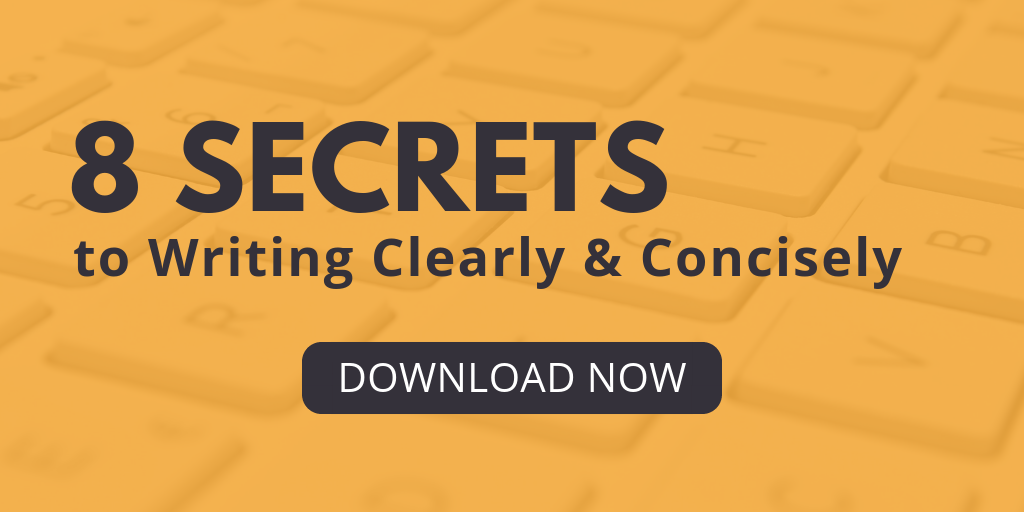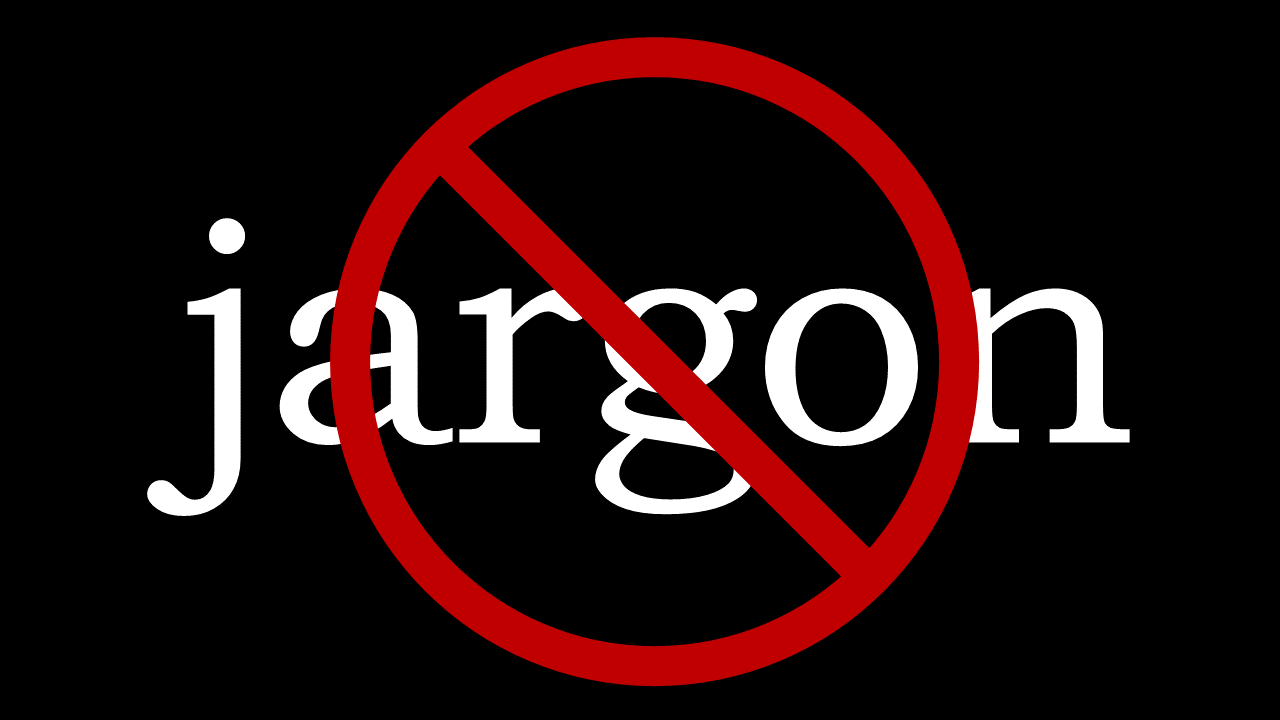Editors help writers meet the needs of their audience. Plain-language editors do even more. Plain-language editors evaluate written content, assess how easy it would be for a member of the general public to understand and act on it, then edit the content to better meet audience needs. This approach is backed by science and user testing and is highly contextual. It takes an expert to get it right. Iva Cheung is that expert.
We spoke with Iva Cheung—one of the most authoritative voices on plain language editing—about plain language and access to justice. In this interview, Iva illustrates how unclear language is a barrier to understanding and therefore exercising rights. Read on for Iva’s insightful and moving interview on plain language and justice.
What is your role and how is it connected to plain language?
I run a business offering plain language editing, training, research, and consulting services.
What prompted your interest in plain language?
I’m trained as an editor, so clarity in communication has always been important to me, but it was the social justice aspect of plain language that really drew me to this work. Plain language can promote democracy by helping more people understand and play an active role in making policies. Plain language can also make health and legal information more accessible so that people can be better informed when they make life-changing decisions. Knowing that our communication choices can either reinforce or redress inequities is a major motivator for my plain language advocacy.
What is the difference between plain language and plain English?
Depends who you ask! The currently accepted definition of plain language, from the International Plain Language Federation, refers to the clarity of a document’s wording, structure, and design. Some people see “plain English” as focusing primarily on the wording part of that definition.
To me, plain English is a subset of plain language, which includes communicating clearly in all languages—not just English.
How are readability and plain language related?
According to the International Plain Language Federation’s definition of plain language, a document is in plain language if it is clear the intended audience can easily find what they need, understand what they find, and use the information to meet their needs. If a document isn’t readable, then it isn’t usable, which means it’s not in plain language.
What are some factors that indicate a need to write in plain language?
I’m not sure if this question is asking about situations when you should use plain language or about indicators that you’re not communicating as clearly as you intend.
When should you use plain language? I like to use Russell Willerton’s BUROC framework to describe the kinds of situations that demand plain language communications:
- Bureaucratic
- Unfamiliar
- Rights-Oriented
- Critical
As for whether your communication needs a plain language rewrite: You know your communication isn’t in plain language if a member of your intended audience has to read it more than once to understand it.
How does plain language impact access to justice?
Legal language might include:
- terms of art—sometimes in Latin—with specific legal meanings that aren’t clear to anyone without legal training
- long, complex sentences full of conditionals and qualifiers,
- redundancies in the form of legal doublets and triplets (like “cancel, annul, and set aside”),
- a detached style that doesn’t speak directly to the reader,
and many other features that make it hard to understand.
Legal language can create a lot of barriers for people who want to exercise their rights. First, people need to understand what their rights are, but often the legislation and policy documents that set out those rights are complex and full of legal jargon.
Next, they need to know what to do to exercise their rights. For example, if they want to appeal a detention, they probably have to go through a process involving several steps in a particular order, from filling out a form to preparing for a hearing to testifying at a hearing. At each stage, confusing legal language can cause a person to misunderstand and make mistakes, which can have life-altering consequences when the stakes are so high.
People who can’t afford a lawyer to help them navigate the legal system are also less likely to have the knowledge or training to interpret legal language so that they can understand what they have to do to exercise their rights.
As Beverley McLachlin, former Chief Justice of Canada, said, “If we cannot understand our rights, we have no rights.” Legislation and legal documents that are written in plain language can increase access to justice by allowing more people to understand and exercise their rights.
How does plain language relate to health literacy?
Health literacy describes the set of skills people need to make decisions about their health, which might include, for example, reading and interpreting nutritional information on a food label at the grocery store or following instructions to prepare for an imaging scan. Communicating health information in plain language increases the likelihood that as many people as possible will understand it and use it to make sound decisions for their situation. Health care professionals should use plain language not only to convey information clearly to their patients but also to reduce the anxiety from the power imbalance that patients may feel in their interactions with the health care system. Using complex medical language that patients aren’t familiar with can make them feel a lack of control that might discourage them from seeking care when they need it, ultimately leading to poorer health outcomes.
What’s the most important—yet simple—change professionals can make to consumer-facing documents to improve understanding?
The most important aspect of plain language is recognizing that only the audience can tell you if a document is plain language, which means the most meaningful change communicators can make is to ask a sample of their audience to review their documents and give feedback. Showing even a few people your document can help you identify its biggest sources of possible confusion. Of course, once you’ve got that feedback, you have to commit to fixing any problems your testing brings up.
Where will consumers commonly encounter the most confusing language?
I think we’re all familiar with the lengthy, impenetrable terms and conditions on apps and other services. We’ve learned to be wary of the fine print on contracts, consent forms, and other agreements. What I try to keep in mind is that communications can be confusing by accident or by design. Often, a person who writes about a topic they know well isn’t aware of how confusing it might be to a person outside their field of expertise. But sometimes people or organizations will use confusing language on purpose, to exclude, to deflect, to demoralize. Could an application form for a service or opportunity be confusing because they want to discourage people—or specific groups of people—from applying? These are the situations I am most wary of.
What’s the biggest danger to consumers if they don’t understand what is being communicated to them?
The biggest danger is death or serious injury. You can imagine how someone could get hurt if the instructions for operating a piece of heavy machinery were unclear, say, or if the instructions for taking a medication were confusing. And with the pandemic, I think we’ve seen how critical clear communication is at the population level, too. Confusing messaging undermines trust in public health measures, so plain language benefits us all.
Beyond writing with simpler words and shorter sentences, what else can professionals do to communicate better for the public’s benefit?
I want to push back a little on the notion that simpler words and shorter sentences necessarily lead to better communication. I think a lot of the guidelines that suggest writing to a certain grade level are based on this somewhat outdated view of plain language as being about short words and sentences. What matters more than the length of a word is how familiar it is to the audience. And sometimes it takes more words to explain a concept clearly.
The key to communicating better is to prioritize the audience’s information needs. Figure out what they need to know and how they’d prefer to get that information, then give them only that information, using language they’d understand.
What’s one piece of advice that you would offer to help a professional start using plain language?
Keep it conversational and respect your reader. If we were having an in-person conversation and you wanted me to know something, you’d speak directly to me, use everyday words I’d understand, and strike a respectful tone. Aim to do the same with your writing, and check in with your audience to make sure you’re on the right track.
What are a few surprising areas where plain language is valued?
I don’t know that it’s surprising, but one reason marketing works is that it applies a lot of the principles of plain language. The messages are usually straightforward and easy to understand, and they speak directly to the audience. They are memorable and persuasive. We want the important information that people use to make decisions about their health, their finances, and other essential aspects of their lives to have the same kind of impact.
About Iva Cheung, PhD
Iva Cheung is a Certified Professional Editor, indexer, and researcher specializing in communication accessibility and plain language. She has won Editors Canada's Tom Fairley Award for Editorial Excellence, President's Award for Volunteer Service, and Karen Virag Award for promoting the editing profession. She holds a Master of Publishing degree and a PhD in health sciences, and she teaches a course on health literacy for Simon Fraser University's Plain Language Certificate program. Follow Iva on Twitter.
Plain Language and Clear Communication Interview Series
This interview is part of a series produced in connection with WordRake’s support for the Access for All: Plain Language is a Civil Right conference. WordRake is editing software for sophisticated writers who must communicate clearly. It improves writing by simplifying and clarifying text, cutting jargon, and recommending plain English replacements. WordRake runs in Microsoft Word and Outlook, and its suggestions appear in the familiar track-changes style. You decide when to run WordRake and which edits to accept, so you get quality and speed without sacrificing control. Editing for clarity and brevity has never been easier. Try WordRake for free for 7 days.







